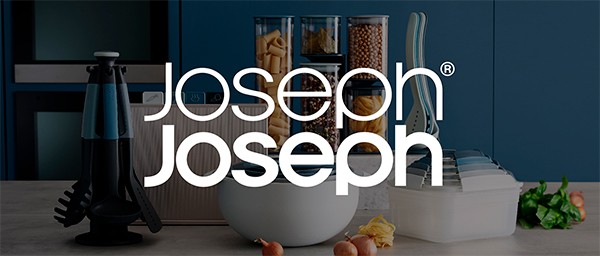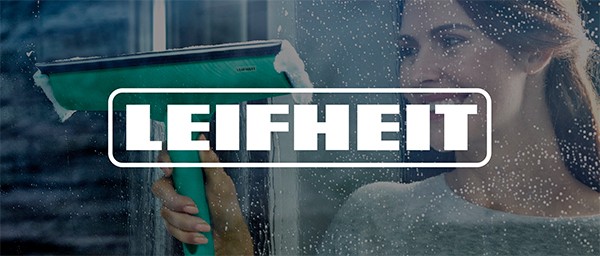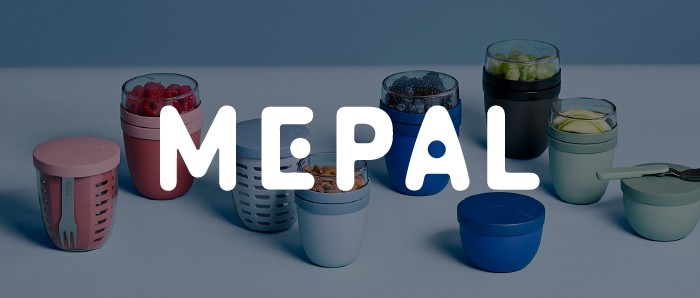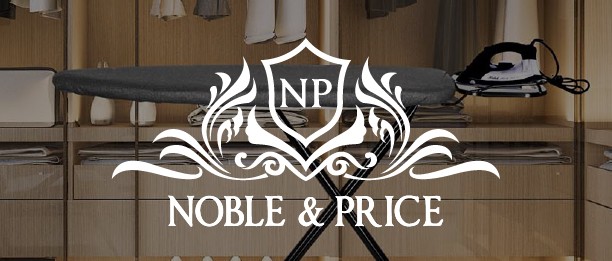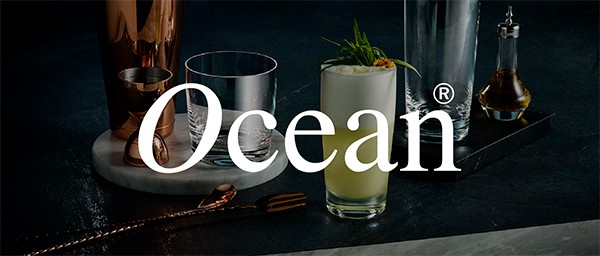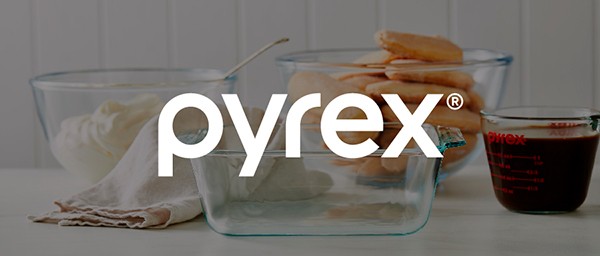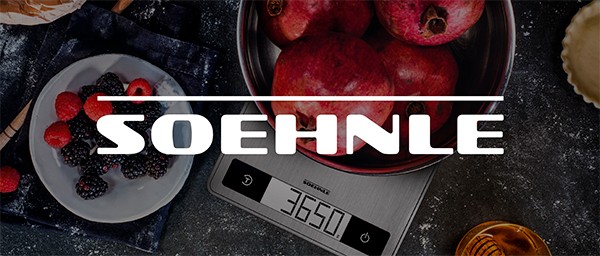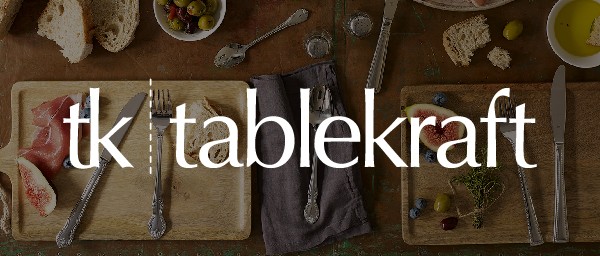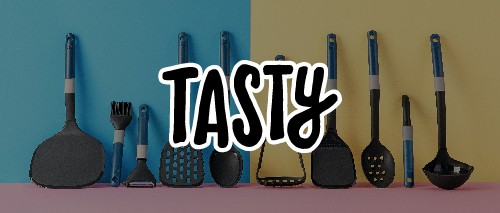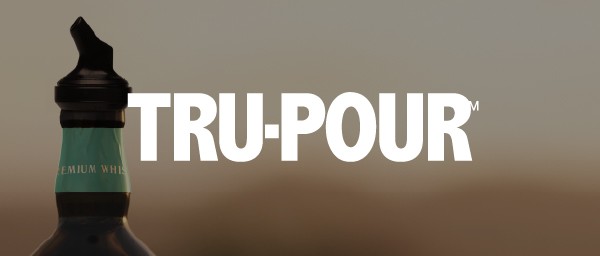When To Use Teether For Baby
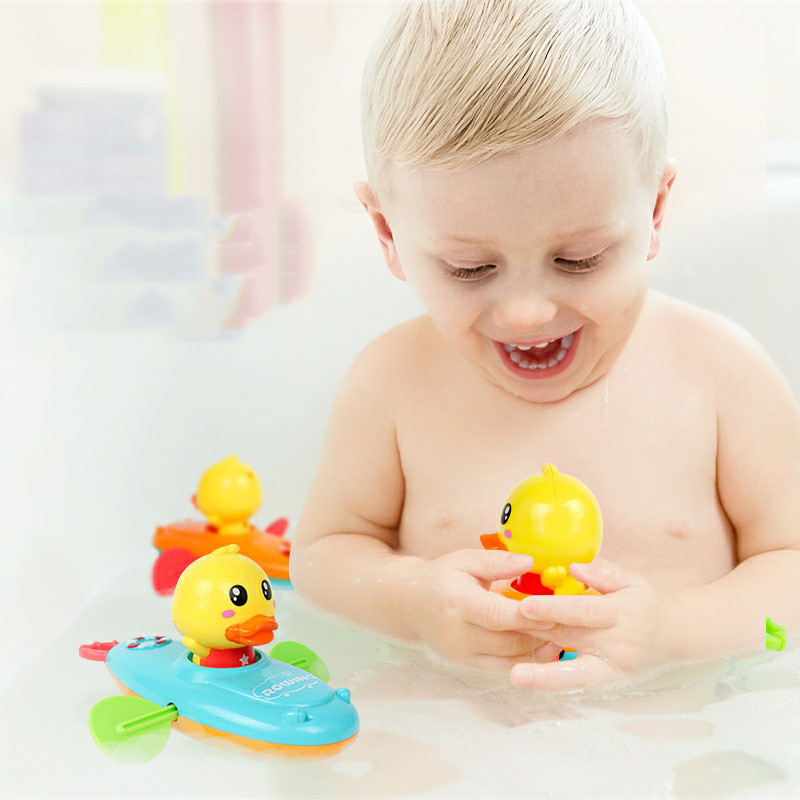
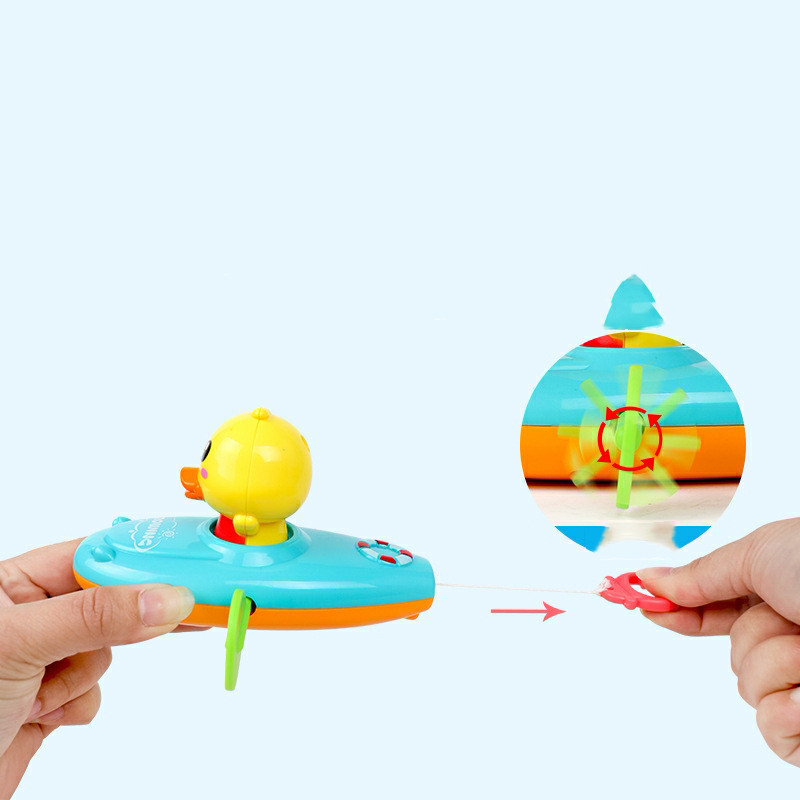
Parent-child Interactive Bath Toys Children Bath Toys
Gift Tree
Approx $25.07 USD
Teething is an inevitable milestone in every baby’s development, but it can be one of the most uncomfortable and distressing stages for both babies and their parents. As your baby begins to grow, their first set of teeth, also known as milk teeth or primary teeth, start pushing through the gums, which can lead to pain, discomfort, and fussiness. To help alleviate this discomfort, many parents turn to teethers as a way to soothe their babies.
Teething can occur as early as three months and continue until the age of three. Knowing when to introduce a teether, how to use it, and what to look for in a high-quality teething toy can make a huge difference in how effectively it helps your baby. In New Zealand, where the climate can sometimes exacerbate discomfort for babies, choosing the right time and the right teething product is crucial for both safety and comfort.
In this guide, we’ll explore when to use a teether for your baby, the benefits of using teethers, how to select the right teething product, and tips for soothing your baby’s discomfort during the teething process.
What is Teething and When Does it Start?
Teething is the process by which a baby’s first set of teeth erupts through their gums. This usually begins at around six months of age, although it can vary. Some babies start teething as early as three months, while others may not experience their first tooth until closer to their first birthday.
During teething, the baby’s gums can become swollen, red, and sensitive, leading to discomfort and even pain. As the teeth push through the gums, babies may experience symptoms such as drooling, irritability, loss of appetite, and trouble sleeping.
Understanding the signs of teething can help parents determine when to introduce a teether to help alleviate discomfort.
Common Teething Symptoms:
- Increased drooling: Babies often drool more during teething due to increased saliva production.
- Chewing on objects: Babies have an instinct to chew to relieve the pressure from their emerging teeth.
- Irritability and fussiness: The pain of teething can make babies more cranky or upset than usual.
- Swollen or red gums: The gums may appear inflamed as the teeth break through.
- Loss of appetite: Some babies may be less interested in feeding because of gum pain.
When to Use a Teether for Your Baby
Introducing a teether at the right time can be a great way to help alleviate your baby’s discomfort during the teething process. But knowing when exactly to offer a teething toy can be a bit tricky. Here’s a general timeline for when you might want to start using a teether:
1. Teething Starts Around 4-6 Months
While the first tooth typically erupts around six months, the teething process may begin earlier, around three to four months. At this point, you may notice your baby beginning to chew on their hands, fingers, or any object within reach. Drooling increases, and they may seem more irritable. This is often a sign that the teething process has started, and using a teether can help relieve some discomfort.
2. When Your Baby Starts to Show Interest in Chewing
If your baby begins chewing on their toys, hands, or anything they can grab, it’s a clear indication that they are ready for a teething toy. This natural instinct is a sign that your baby is seeking relief from the pressure they’re feeling in their gums. Offering a teething toy at this stage can provide comfort and prevent them from chewing on unsafe objects like remote controls or household items.
3. Around 6-8 Months for the First Teeth
By six months, the first teeth often begin to break through the gums. At this stage, a teething toy can be particularly beneficial. Babies usually start to show signs of teething in the form of swollen gums, irritability, and a tendency to bite down on hard objects. Providing a soft, safe teether can help soothe these symptoms and allow your baby to safely relieve the pressure on their gums.
4. Teething Can Continue Until Age 3
While the initial teeth usually come in by age 1, the full set of baby teeth may not emerge until the baby is 2-3 years old. If your child is still experiencing discomfort from the emergence of their back teeth (molars), a teething toy can continue to be useful. Although older children may not chew as much as infants, some may still benefit from a teething toy during this phase.
How to Choose the Right Teether for Your Baby
Choosing the right teething toy is crucial for your baby’s safety and comfort. With so many different options available on the market, it’s important to look for a teething product that is safe, effective, and suitable for your baby’s age. Here’s what to keep in mind when choosing a teether:
1. Safety First
Make sure the teether is made of non-toxic materials. Look for BPA-free, phthalate-free, and lead-free teethers to ensure your baby’s health and safety. Many high-quality teethers are made from food-grade silicone, natural rubber, or organic cotton, which are gentle on your baby’s gums and free of harmful chemicals.
- Tip: Always check that the teether has no small parts or loose pieces that could be a choking hazard.
2. Age-Appropriate Design
Not all teethers are suitable for all ages. Be sure to select a teething toy that’s appropriate for your baby’s age and development stage. For example, babies under 6 months may prefer soft silicone teethers, while older babies who are teething on molars may benefit from harder or more textured teethers that can withstand more pressure.
-
Tip: Some teethers come with different textures or shapes to provide more variety for your baby’s teething needs.
3. Easy to Clean
Teething toys often end up in your baby’s mouth, so it’s important to choose a teether that’s easy to clean and sanitize. Look for teethers that are dishwasher-safe or can be cleaned with warm soapy water. If the teether is made from natural rubber or silicone, it’s usually safe to clean with mild soap and water.
- Tip: Opt for a teether that can be easily cleaned without any complicated disassembly.
4. Material Type
Teething toys come in various materials such as rubber, silicone, wood, and fabric. Each material has its benefits:
- Silicone: Soft, flexible, and gentle on gums. It’s also easy to clean and durable.
- Natural Rubber: Soft and durable, with a good grip for babies to hold onto.
- Wood: Eco-friendly and free of chemicals, though not as soft as silicone or rubber.
- Fabric: Soft, cuddly options that are often combined with a teething ring for comfort and relief.
5. Design and Texture
The design and texture of the teether are important for your baby’s comfort. Some teethers are designed to resemble animals or shapes that appeal to babies. Others feature ridges, bumps, or rings that provide extra sensory stimulation and massage the gums, which can help relieve discomfort.
-
Tip: Choose a teether that your baby can easily grasp and hold. This will help them engage with it and use it effectively.
Benefits of Using a Teether for Baby
Teething can be painful for your baby, but with the right teether, you can help alleviate some of the discomfort. Here are the key benefits of using a teether for your baby:
1. Alleviates Gum Pain
Teething toys provide targeted relief by massaging the gums, helping to ease the pain and discomfort that comes with the eruption of new teeth. The pressure from biting down on a teether can provide soothing relief for your baby’s gums.
2. Encourages Self-Soothing
A teething toy gives your baby the ability to self-soothe. When they feel discomfort, they can grab their teething toy and chew on it to relieve the pressure in their gums. This helps babies feel more in control of their teething experience and may reduce their fussiness.
3. Promotes Fine Motor Skills
Teething toys encourage hand-eye coordination and fine motor skills as babies learn to grasp, hold, and manipulate the teether. This is an important developmental milestone that contributes to your baby’s overall growth.
4. Keeps Babies Safe from Unsafe Objects
When babies are teething, they may chew on anything within reach, including household objects. A teether offers a safe alternative, ensuring that your baby doesn’t chew on harmful items such as electrical cords, toys, or furniture.
Conclusion
Teething is an inevitable part of your baby’s growth, and knowing when to use a teether can help make this experience more manageable for both you and your baby. By introducing a teether at the right time and choosing a safe, effective product, you can provide relief and comfort during this difficult stage. In New Zealand, where temperature fluctuations can affect your baby’s comfort, a teething toy made from safe, eco-friendly materials will ensure that your baby stays comfortable, soothed, and safe.
Enter your content here

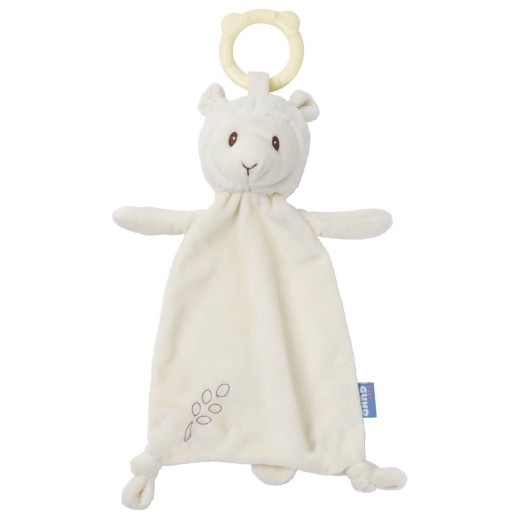
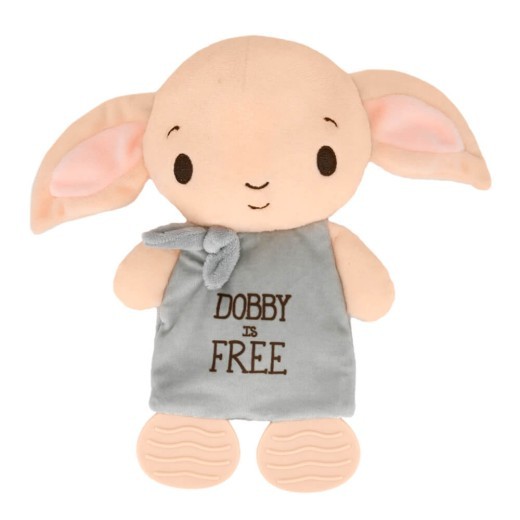
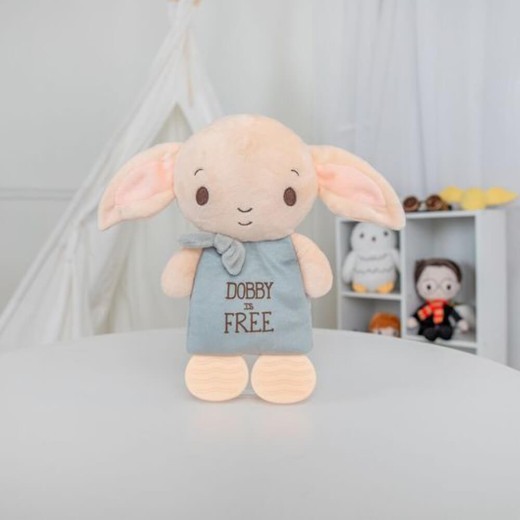


.jpg)

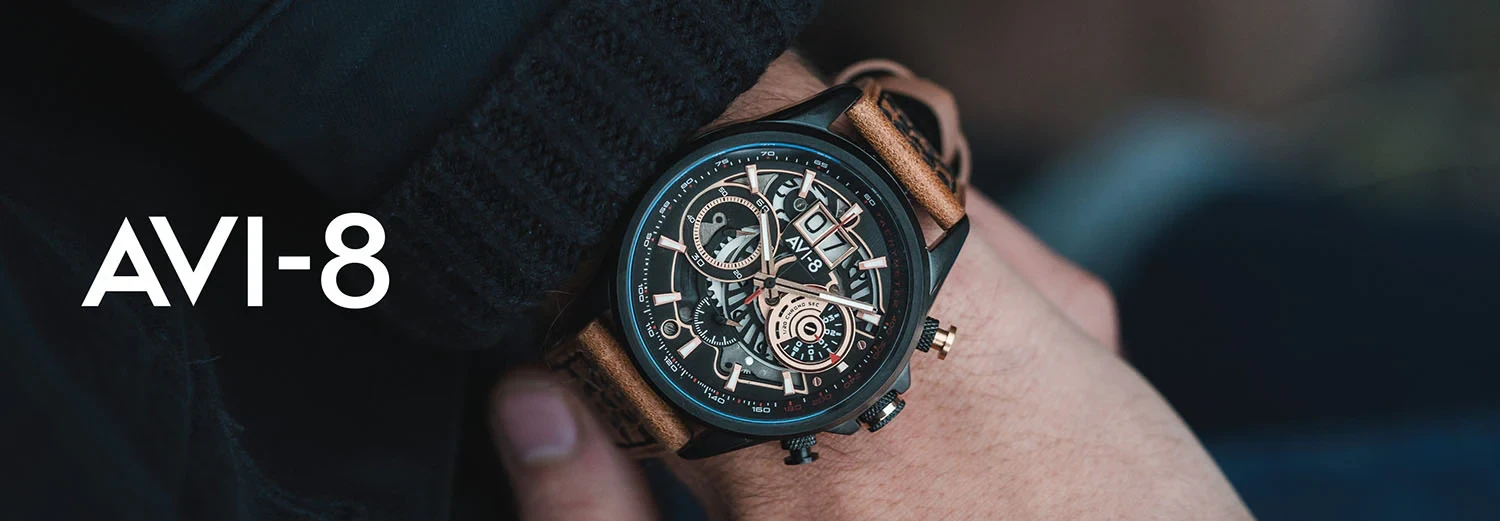





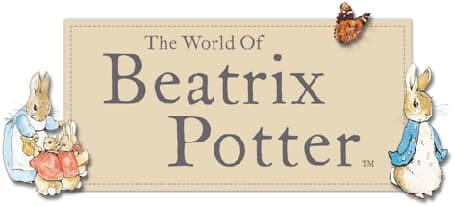

.jpg)



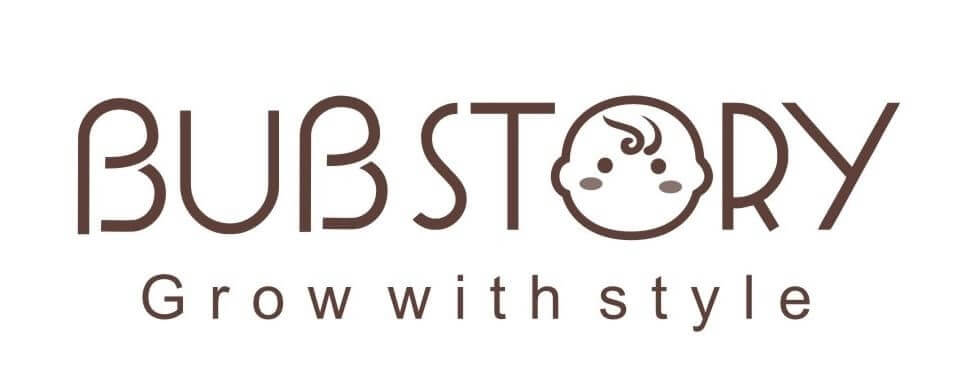

.jpeg)





.jpeg)



.jpeg)








.jpeg)
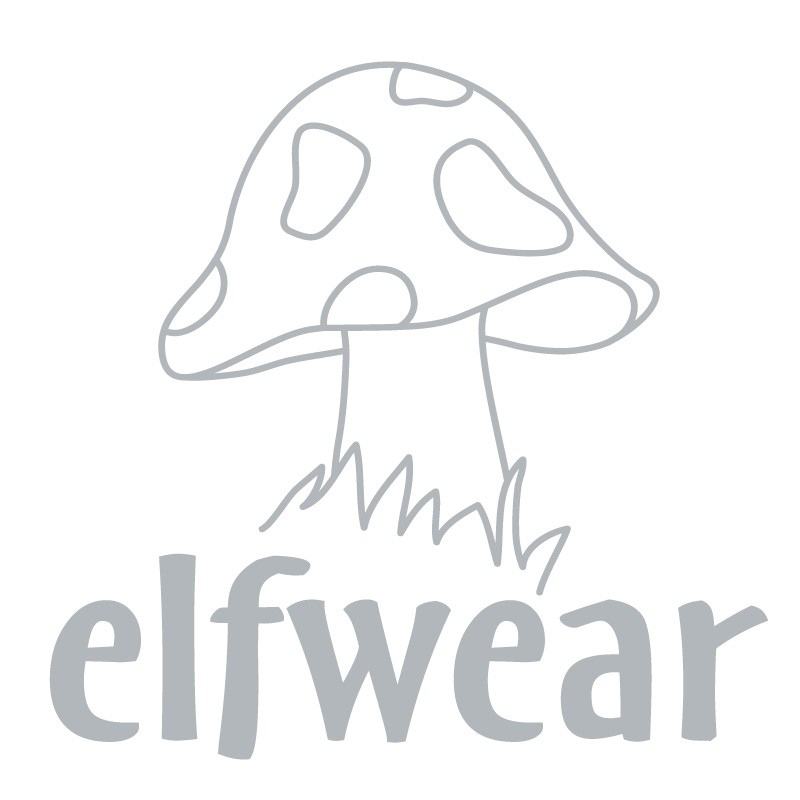


.jpeg)

.jpeg)
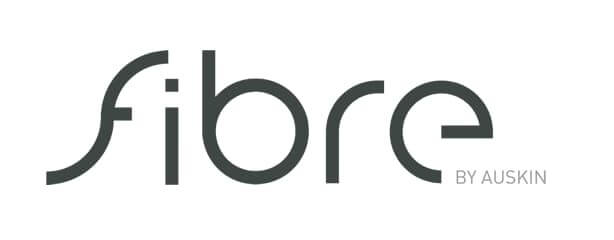
.jpeg)

.jpeg)




.jpeg)
.jpg)
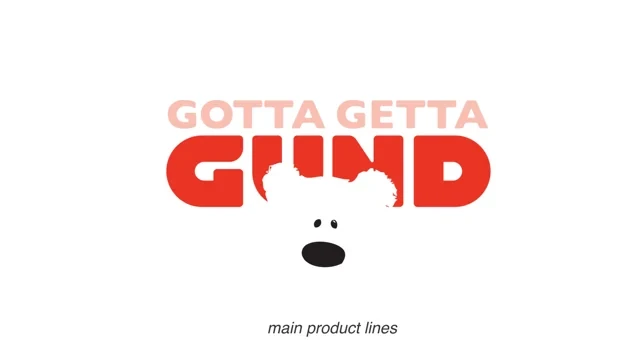
.jpeg)



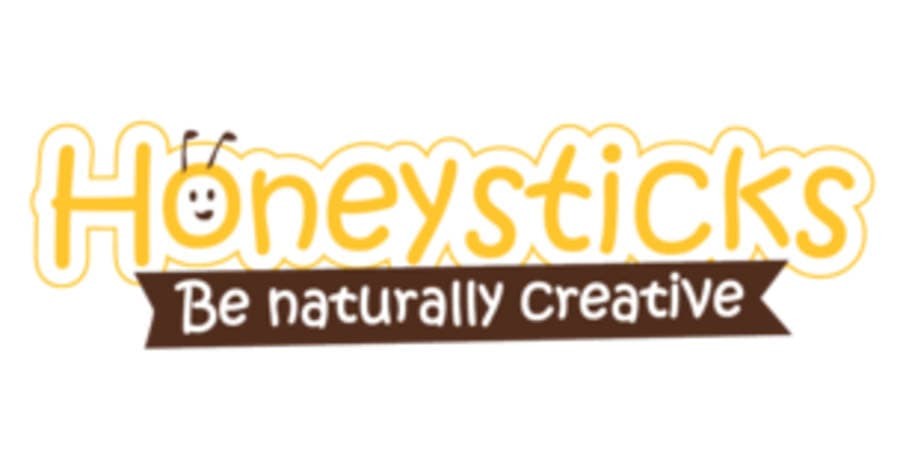


.jpeg)
.jpeg)




.jpeg)



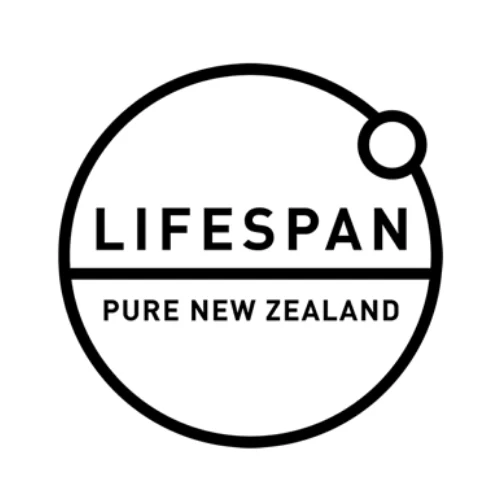
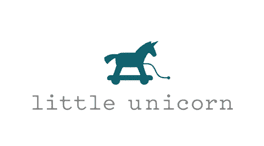
.jpeg)

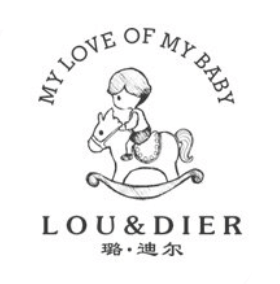
.jpeg)
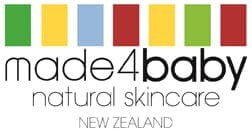
.jpeg)

.jpeg)

.jpeg)

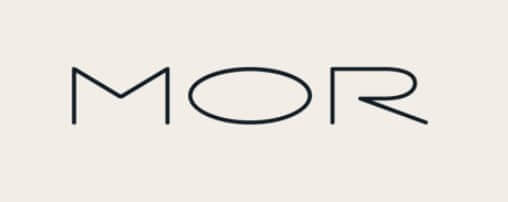
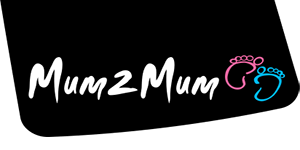



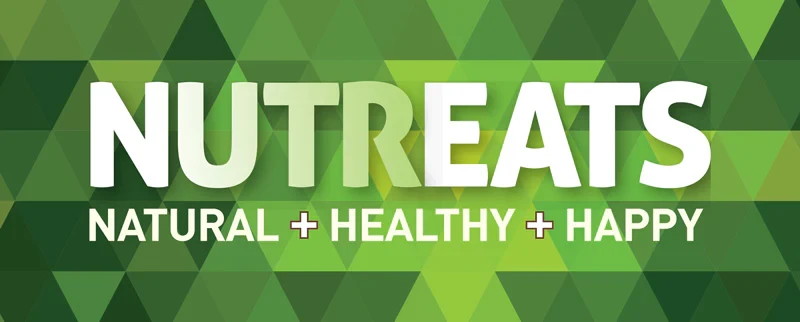
.jpeg)
.jpeg)
.jpeg)


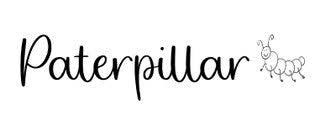


.jpeg)

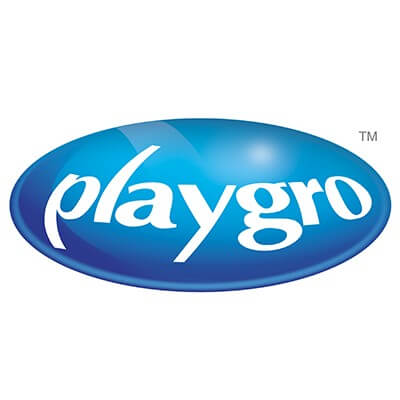

.jpeg)


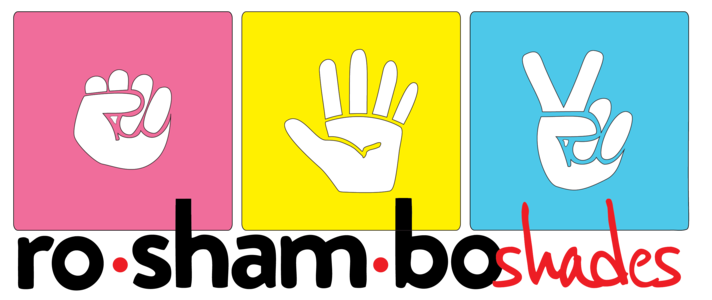

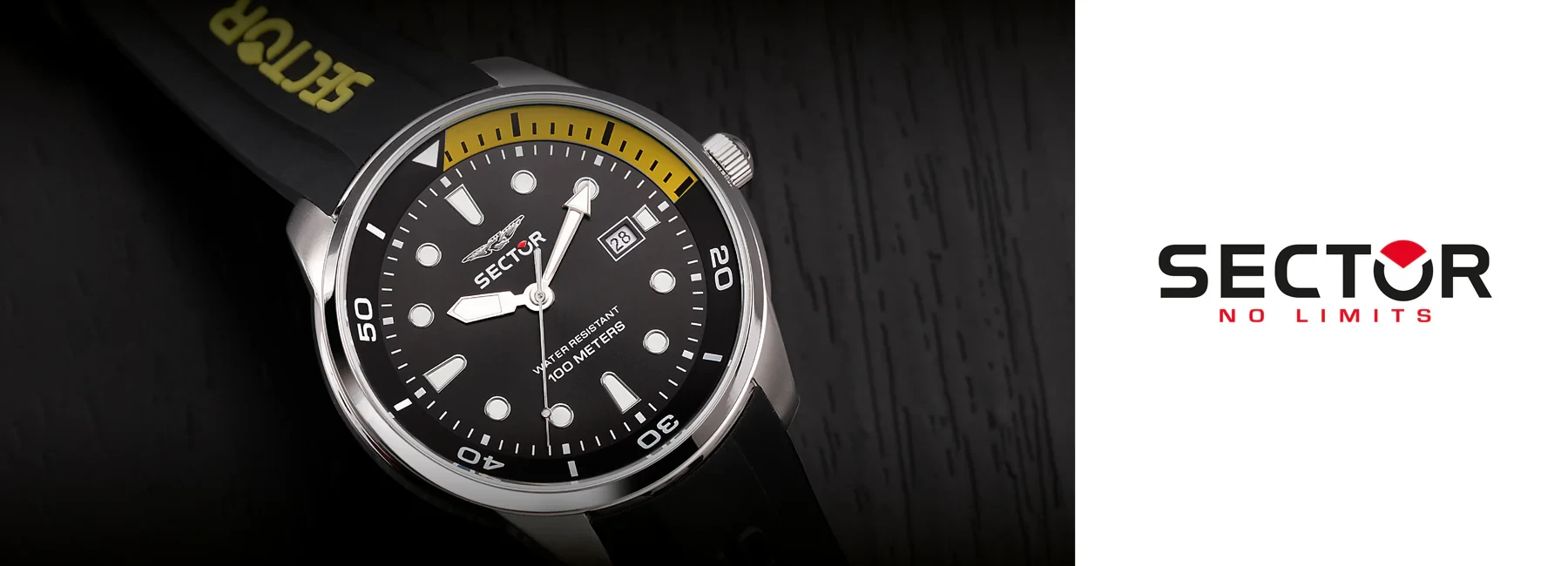
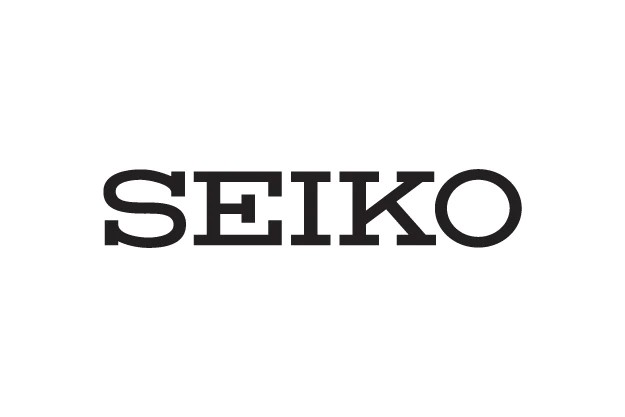
.jpg)
.jpeg)


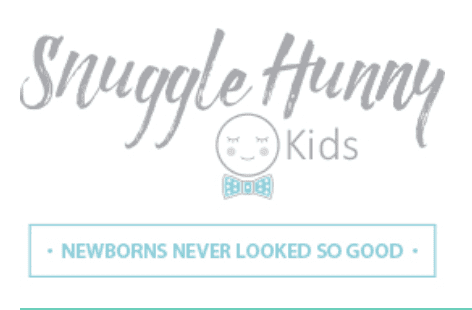





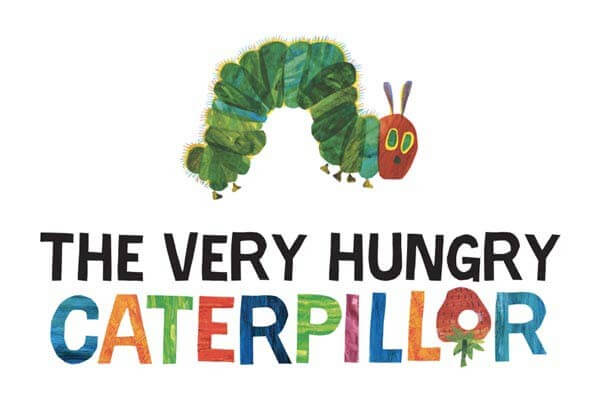
.jpg)


ulva-Logo.jpg)




.jpeg)
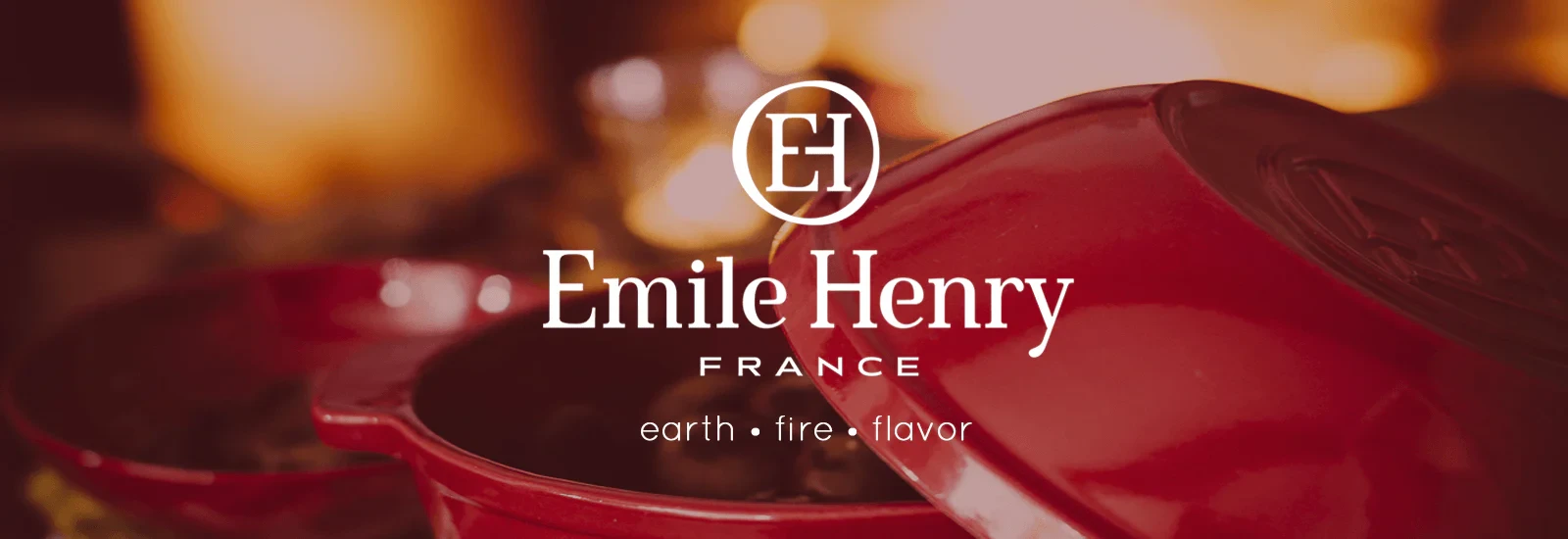


.png)
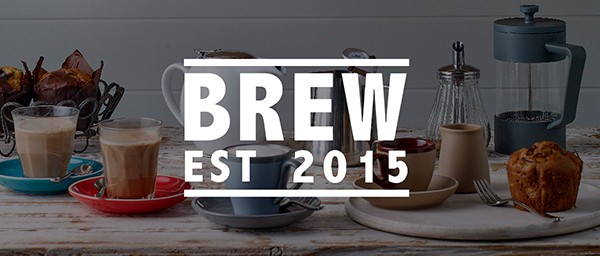


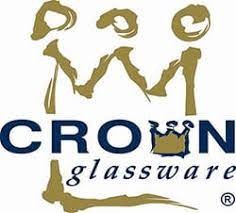
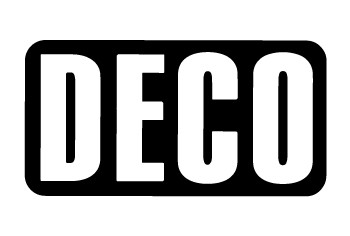
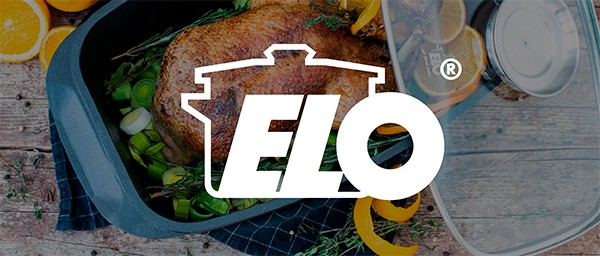
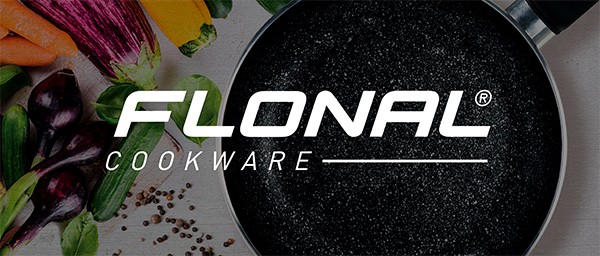
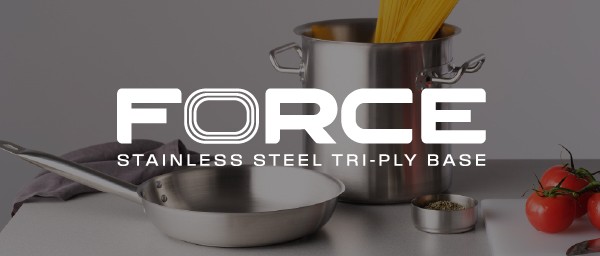
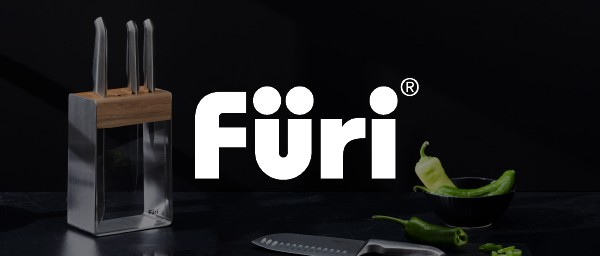

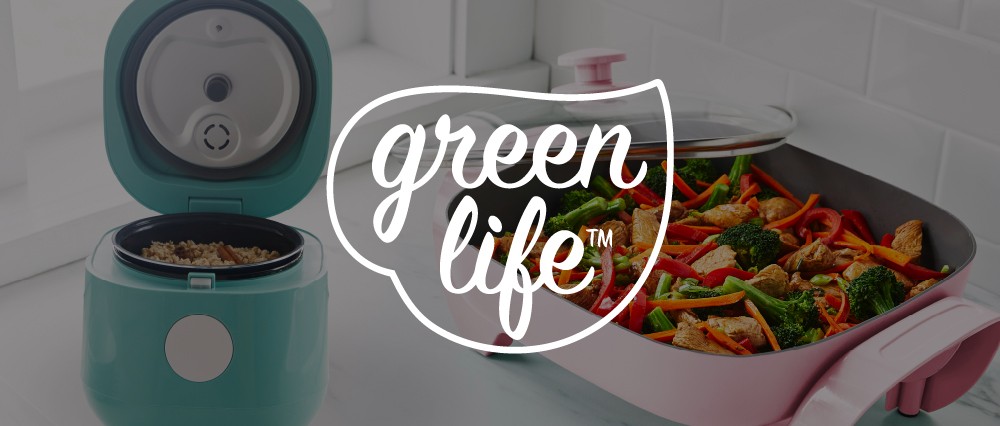


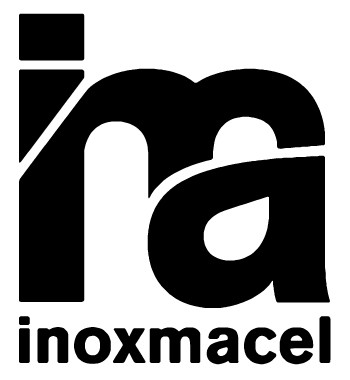
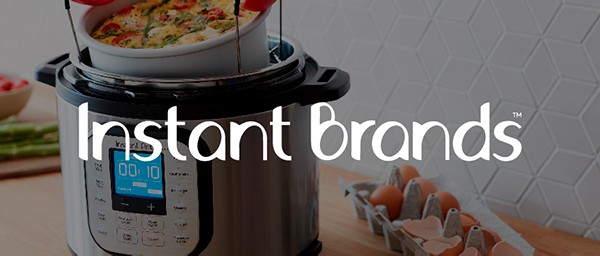
.png)
